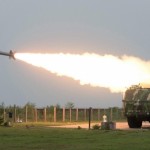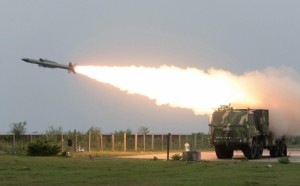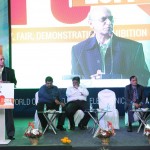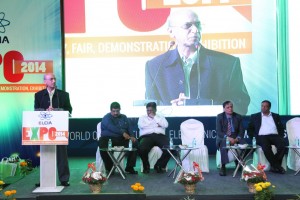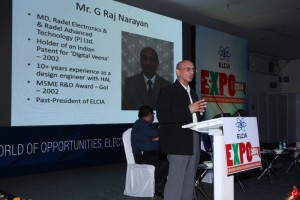For over a decade now, India has shopped all around the world looking for deals for more than US$1 billion worth of helicopters to replace around 200 of its military’s ageing light-utility aircraft.
But in August, Modi’s nationalist government surprised many when it abruptly scrapped the request for global bids to buy the helicopters in favour of manufacturing them in India instead.
In recent months, India has tossed down two more proposals for buying transport aircraft and submarines deciding to indigenise them. It’s part of a push by Prime Minister Narendra Modi’s government to foster a domestic arms industry.
India is one of the world’s largest buyer of weapons, accounting for 14 per cent of global imports, three times as many as China.
Over the next seven years, India is likely to spend more than US$130 billion importing arms, officials say, to upgrade its understocked, Soviet-era arsenal. Modi wants to upend India’s arms-importer tag and turn the country into not only a defence manufacturer but also a major weapons exporter, much like China has become. “Becoming a defence exporter is a noble aspiration but it will take a lot of doing,” said Arun Prakash, a retired navy chief. Admiral. But does that not mean “We aren’t hard working and not capable of it?” Every MSME owner works hard all day and night.
It’s only the PSUs and the Govt. bureaucrats that take things easy and if all the powers of sanction and decision making is in their hands, nobody can work hard and no results can be produced.
The decision to build replacements in India for the Cheetah and Chetak helicopters using JVs in the Private sector, is indeed a good decision. But it must be ensured that the Indian Pvt. Player does not do the same mistakes as HAL in blindly manufacturing just the shell and importing all the contents of the shell. There must be a sincere and genuine effort to indigenise most, if not all, the equipment. And the indigenisation must begin from day 1 of the JV formation.
As far as exports are concerned, I think our primary focus for the next 5 years should be to become self-reliant and meet our own requirements. Exports with then automatically follow.
26 or 49% – Foreign cos. will always want all the controls and will never let us get any modern technology. In my view, ‘hard work and indigenous DESIGN’ is the only way to go.
Defence JVs must ensure #indigenous design. Manufacture of shell alone, defeats the purpose, we’ll still depend on foreign co for technology
— Raj Narayan (@GRajNarayan) November 19, 2014
